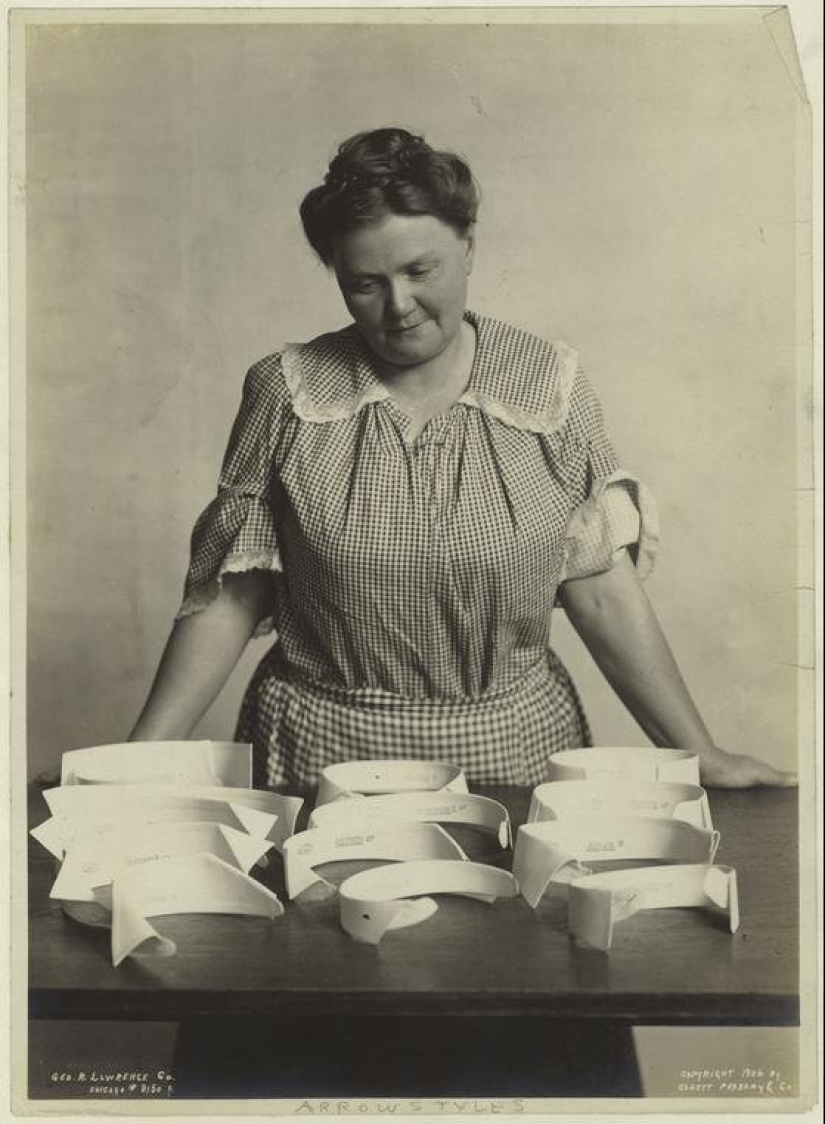7 Times Fashion Became Life-Threatening
Categories: Europe | Fashion | History
By Pictolic https://pictolic.com/article/7-times-fashion-became-life-threatening.htmlAs you know, beauty requires sacrifice. And at all times, fashionistas have sacrificed comfort for the sake of style and beauty. But there have been cases when clothes have become the cause of the owner's death. It is worth noting that these were not always some extreme wardrobe items. Sometimes, quite ordinary things became the cause of death.

In the Middle Ages, all sorts of plumes and feathers were popular for decorating headdresses. But few people know that there were strict rules for wearing these accessories. In the 16th century in England, choosing the wrong feather could cost you your life. The kingdom had a set of laws that emphasized class differences. From the age of 13, everyone was required to wear a hat decorated with feathers.

Peasants, artisans and ordinary townspeople could decorate their hats with goose, hazel grouse or rooster feathers. And noble persons had the right to use peacock, ostrich, swan or pheasant feathers. A commoner who accidentally or intentionally attached a feather to his hat that was not appropriate for his status risked being accused of imposture and hanged.
Corsets, which tightly cinch the waist, remained in fashion for several centuries. But during the Victorian era, this trend took on particularly extreme forms. The corset was tightened so tightly that it often required the help of others. Sometimes the efforts were excessive, and fashionistas suffered serious injuries or even death.

In the early 19th century, one of the London fashionistas, who had tightened her waist with a corset to 13 inches, died right at a social event. It turned out that three of her ribs had pierced her liver. In the same Britain, the parodist Joseph Hennell, who performed in women's clothing, died because of a corset. His corset was tightened so tightly that it led to a rupture of internal organs. The actor lost consciousness on stage and died that same night.
In the 17th and 18th centuries, voluminous wigs were fashionable in Europe. They were worn by noble persons, both male and female. These impressive structures were made from natural hair and animal wool, and wire and sugar syrup were used to give them an intricate shape.

Women's wigs were so huge that fashionistas often couldn't fit through doorways. Sometimes they would catch candles with their wigs, causing them to instantly burst into flames. It wasn't always possible to free themselves from the complicated construction secured with hairpins. Newspapers of the time were full of horror stories about beauties who burned alive because of their wigs.
Throughout the 19th century, men wore starched, stiff, detachable collars. They looked impeccable and were easy to care for: instead of washing the entire shirt, it was enough to clean only the collars and cuffs. But sometimes this accessory became a cause of suffocation.

If a gentleman, having abused alcohol, fell asleep with a tight collar, he risked suffocating in his sleep. Such tragedies happened quite often. A starched collar was even jokingly called a "parricide."
In 1910, the famous designer Paul Poiret created a new style of skirt. It was so narrow at the bottom that women could only walk in small steps. These skirts were jokingly called "limping." The clothes that restricted movement were not only uncomfortable, but also dangerous.

A lady walking down the street with her legs practically tied was incredibly vulnerable. There were cases when women fell on steps and even from bridges, receiving injuries incompatible with life. Sometimes fashionistas were hit by a carriage or a car, unable to avoid danger. Fortunately, the fashion for these skirts was short-lived and they were abandoned already in 1913.
A woman forced to move with her legs almost tied was extremely vulnerable. It happened that fashionable women fell from stairs or bridges, receiving fatal injuries. Sometimes they were run over by carriages or cars, not having time to dodge the danger. Fortunately, the fashion for such skirts quickly passed, and they stopped being worn already in 1913.
In the 16th century in Europe, paleness was considered one of the important signs of aristocracy. Noble ladies and gentlemen avoided tanning at all costs and generously covered their faces with whitewash. The best of them were made on the basis of toxic lead and were especially popular at the court of Queen Elizabeth I. The nobility literally competed, applying an increasingly thick layer of whitewash.

The Italian writer Giovanni Lomazzo wrote about this:
Dry skin and gray hair were not the worst consequences of such makeup. Lead penetrated the body through the skin, accumulated and caused severe damage to the nervous system, liver and kidneys. Sometimes this led to death within a few years.
The Mad Hatter, the hero of Alice in Wonderland, is not just a figment of Lewis Carroll's imagination. The expression "mad hatter" appeared 30 years before the fairy tale was written. In the 17th-19th centuries, hats were made of felt, which was made using mercury.

Constant contact with this toxic metal led to the so-called "mad hatter's disease." Its symptoms included trembling of the limbs, pathological shyness, and irritability. In severe cases, hatters lost their minds. Their life expectancy was short.
Recent articles

Jacques-Henri Lartigue (1894-1986) is perhaps the most famous "amateur" in the history of photography. The art world discovered his ...

It turns out that an active lifestyle is useful not only for the body but for the brain. Exercise strengthens muscles and spirit, ...

Most major companies profanity is not encouraged. It is considered that the profanity — it is a sign of disrespect for ...